BCS Certificate in Modelling Business Processes
Practitioner Course in Techniques and Tools for Analysing and Modelling Business Processes . Select Course Date and Time Based on Your Convenience!
- Instructor-led, Online
- Course Category: Business Analysis, Process, Certification, BCS, Practitioner
GBP
250
Instructor-led, Online
Duration: 16 Hours
Course Code: TXV-BCS-MBP2
Skill Level: All Levels
BCS Certificate in Modelling Business Processes
Overview
In this age of intense competitive rivalry and thirst for excellence, organisations must strive to continuously improve their processes and operations, whether they intend to deliver a product, service or solution. This constant urge for optimisation of business processes results in delivering value to stakeholders, internal as well as external i.e., suppliers, customers and users. Process modelling helps teams and analysts to identify the areas for improvements and contribute to improving efficiencies thereby leading to growth. Take the TEXAVI Course on BCS Professional Certificate in Modelling Business Processes to understand the approaches, notations, tools and techniques, gain practical hands-on skills and boost your career potential!
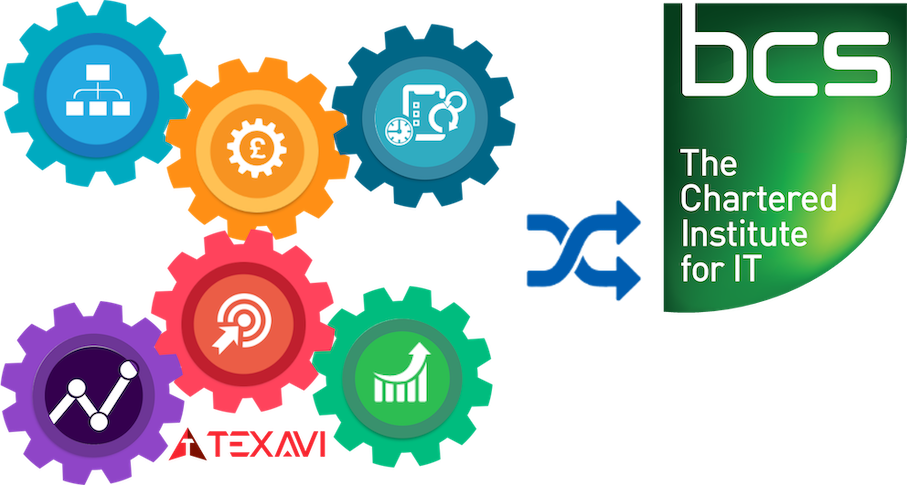

Who can attend?
- Anybody with or without work experience
- IT professionals (eg., Developers, testers) considering a move to BA role
- Non-IT people who want to learn IT skills thinking of a career switch
- Graduates and university students who aspire to get into IT industry
- Students who have just passed their B. Tec, A-Levels or college studies
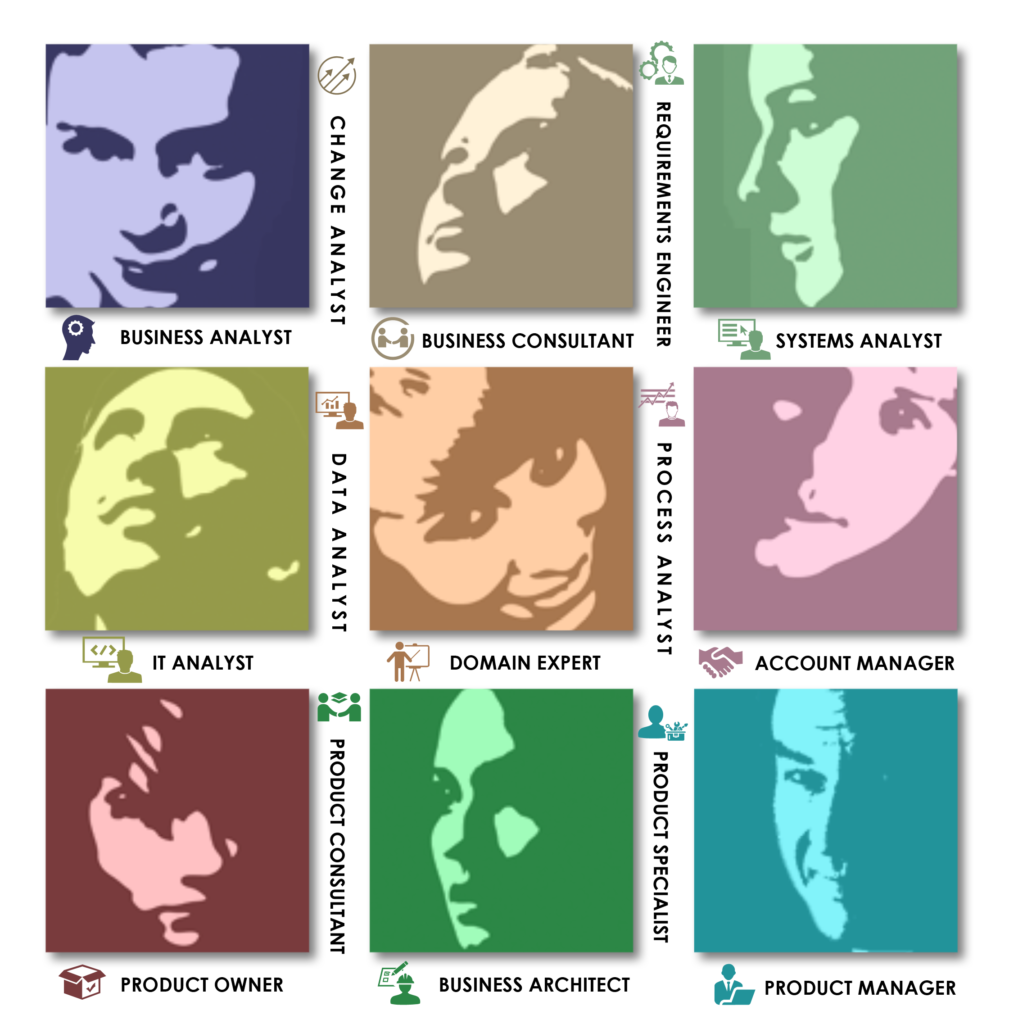
COURSE OUTLINE
-
Module 1. The context for Business Process Modelling
-
Module 2: Notations for Modelling Business Processes
-
Module 3. Modelling at the Enterprise Level
-
Module 4. Modelling at the Event Level
-
Module 5. Modelling at the Activity-task level
-
Module 6. Improving Business Processes
-
Module 7. Managing and Implementing Change
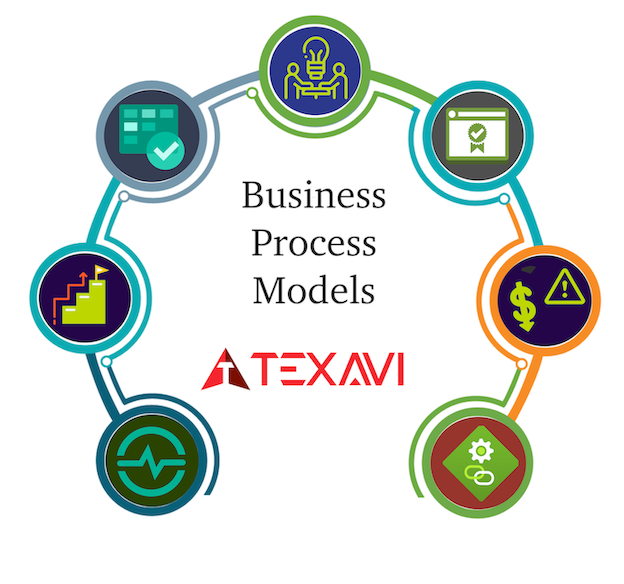
What will you learn?
By the end of this course, you will be able to:
-
Distinguish between business systems and IT systems
-
Define process and describe their benefits to organisations
-
Demonstrate understanding of the purpose and benefits of business process modelling
-
Differentiate between process mapping and process modelling
-
Highlight the role played by IT in businesses
-
State the approaches to business process modelling
-
Identify the three levels of the business process hierarchy
-
Enterprise level
-
Event-response level
-
Actor-task level
-
-
Specify functional view of an enterprise
-
Explain importance of the process view versus the functional view of an organisation
-
Describe the importance and advantages of the process view
-
Interpret the construction of an organisational model of business process
-
Elaborate on the ‘Map before model’ paradigm
-
Define SIPOC model and describe SIPOC view of the enterprise
-
State Harmon model of the organisation and describe how it expands on SIPOC
-
Define value proposition
-
Explain how the processes on the organisational model support the delivery of value proposition
-
Define Porter’s value chain and describe the primary and secondary activities in the model
-
Illustrate value chain with examples from manufacturing and services sectors
-
Interpret the construction of a business process model
-
Explain why using a standard notation set is important
-
Define BPMN and specify its usage as a popular notation for business processes
-
Define UML and explain its usage as a notation for business processes and systems
-
Distinguish between modelling business process terms
-
Explain how UML activity diagrams are used for modelling business processes
-
Demonstrate by drawing a UML activity diagram along with all its components
-
Describe how the modelling business process terms relate to each other
-
State the OPOPOT principle and Demonstrate how its shown in a process model
-
Define actor, identify actors in different contexts
-
Define business rule and explain their significance to business processes
-
Identify the different types of business events
-
Explain the purpose of process performance measures
-
Distinguish between internal performance measures and customers’ expectations of performance
-
Define a task and construct a task description
-
Explain the concept of timeline as applicable to tasks
-
Explain the use of joins, forks and merges as used in UML notation for tasks
-
Demonstrate how to document the steps and business rules within a task
-
Apply approaches to improving business processes
-
Describe how to perform a task analysis, with an example
-
Explain the steps in documenting business rules
-
Discuss how to challenge business rules and assumptions when improving business processes
-
Define use case diagram/model and explain the structure of a use case description
-
Differentiate between main flows, alternate flows, exceptions and errors in use case description
-
Explain the conditional and unconditional flows with examples (if else, while do, for loops)
-
Identify areas of a business process that contributes to unsatisfactory performance
-
Illustrate some areas with problems in process flows
-
List the approaches to potentially improve the process flows
-
Describe the use of Robotic Process Automation (RPA) in process improvements
-
List the typical non value added (NVA) activities in organisations
-
Define scenario analysis and explain its contribution in process modelling
-
Explain the need to test processes through use of business scenario analysis
-
Describe how critical analysis is useful in challenging assumptions
-
Highlight the key differences between business process improvement v. re-design
-
Explain the contexts for using business process improvement (BPI)
-
Explain the contexts for using business process re-design (BPR) or re-engineering
-
State how understanding of as-is processes helps with the current /baseline state definition
-
Describe how understanding of to-be processes helps with the future /target state definition
-
Define gap analysis and elaborate on how to conduct gap analysis from as-is and to-be processes
-
Prepare a gap analysis to identify the functional requirements that could be supported by IT solution
-
Describe the considerations of introducing a new process design
-
Discuss the need for a holistic approach to planning for an organisational change
-
Illustrate the case for using POPIT framework to implement business change
-
Discuss the use of implementation strategies for implementing business change
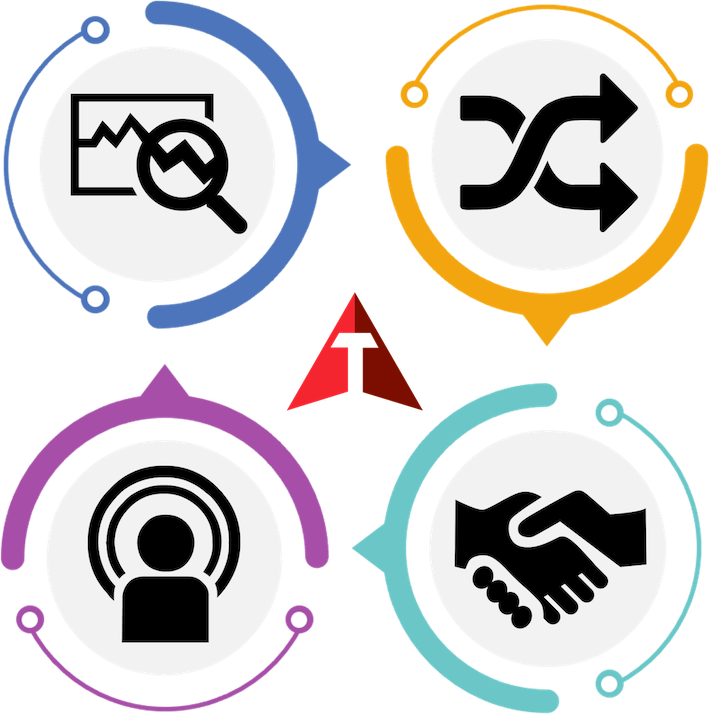
What do you need?
There are no pre-requisites for this course. There is no need for any prior experience, working knowledge or awareness of software development or projects experience. The course is suitable for experienced professionals working in the industry or academia, aspirants and early stage professionals, as well as students in universities and colleges. Professionals and aspirants from technology, business, operations or sales are all welcome to explore and understand the agile methodologies alongside their concepts and principles.
WHAT'S INCLUDED?
- 24×7 access to TEXAVI’s high quality course content
- Practical insights from real life IT projects
- Course completion certificate
- Case studies, examples and illustrations
- Interactive quizzes and challenges
- Job aids, resources and tools
- Access to TEXAVI’s collaborative digital platform
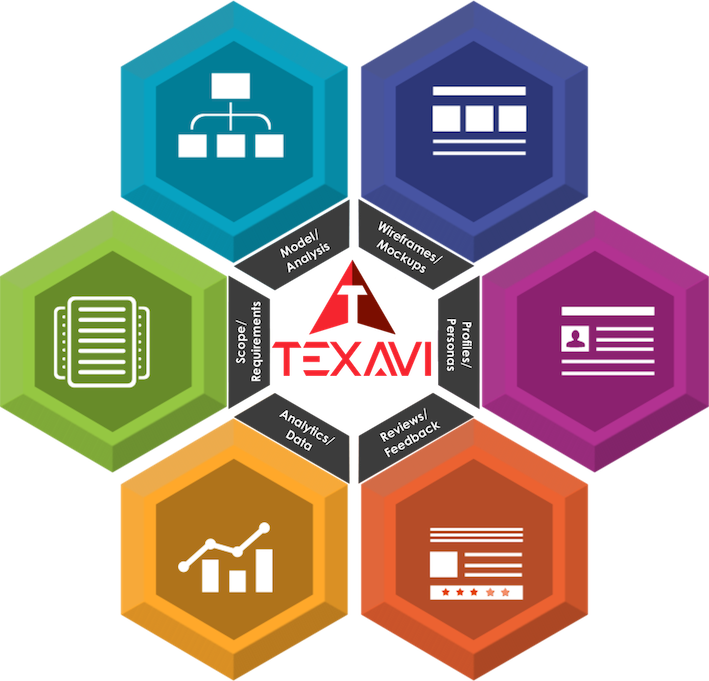
Why Texavi?
-
TEXAVI is a proven leader in delivering non-coding IT learning, worldwide
-
We are not just trainers, but practising IT professionals with 25+ years of work exp
-
Our courses get you job-ready with practical and real-time insights
-
Qualify for certificates upon completion and complete our assessments
-
Pave way for industry-recognised certifications
-
Access to treasure of Texavi’s high-quality, content-rich resources and materials
-
Get discount voucher to our popular courses on Udemy
-
24×7 access to Texavi’s interactive platform with personalised content

Sample Course Video
TEXAVI Tests
Test Your Knowledge

Take the Texavi Tests and challenge yourself, simply click the below links and start the interactive quiz…
- Quiz on Business Analysis Concepts As Per BCS
- Quiz on Business Analyst’s Resources, Sources and References
- Quiz on techniques, tools and resources for business analysis
- Quiz on Practical Business Analysis – Essential Aspects
- Quiz on Elicitation and Collaborating with Stakeholders – Assessment Quiz 1
- Quiz on Elicitation and Stakeholder Collaboration: Methods and Techniques – Assessment Quiz 2
- Quiz on Elicitation and Stakeholder Collaboration: Communication and Management – Assessment Quiz 3
- Quiz on Business Analysis Planning and Monitoring – Assessment Quiz 1
- Quiz on Planning and Monitoring Business Analysis – Assessment Quiz 2
- Quiz on Why Business Analysis? Rationale and Value-add of BA
- Quiz on Roles and Responsibilities of Business Analyst
- Quiz on Requirements Assessment, Approval and Management
Trainer Profile

Your trainer for this course is Pardha Saradhi Mantravadi. Pardha is a seasoned and well-qualified trainer, coach, mentor, influencer and thought leader. He has rich and varied IT-industry experience of 25 years, working in working in different roles as a Business Analysis professional with blue-chip organisations viz., HSBC, Deutsche Bank, Dyson, Asda, Cambridge University Press, Roche, King’s College London , Royal Society of Chemistry etc. Pardha delivers his training sessions by blending the concepts and principles with practical insights from real-life projects and programs…click here to view the complete trainer profile
Reviews
“The delivery was consistent, thoughtful and measured. Texavi’s masterclass worked well for me.”
– Louise Caldwell, OMT Group
“I enjoyed the bootcamp and found it very inspiring. I found your description of digital transformation very useful and I liked the examples that were given about successful digital businesses.”
– Dr. Carrie Mowatt, Royal Society of Chemistry
“What I like most about Pardha is the way he easily blends empathy for users within day-to-day software development tasks. This mix of vision and execution is rare and powerful.”
– Sarbajit Sen, Steelwedge Software
“Recently Texavi conducted a workshop on Agile methodologies. The trainer’s knowledge on Agile methodology has its roots grounded in experience.”
– Tazeen Sheikh, Mastek
” The trainer is very well-informed. I learnt a lot of background to digital transformation and artificial intelligence and how businesses can use them.”
– Robert Bowles, RSC
“I attended Texavi’s training on Agile Business Analysis and had a lot of takeaways from the session. Pardha’s effective presentation skills supported with context you can relate to, makes the entire experience exhilarating.”
– Abhijeet Majumdar, Zensar Technologies
“The workshop was quite interesting. I found the exercises we did particularly valuable, as it was useful to discuss with the others present, and to then feedback to the wider group.”
– Holly Sheahan, Cambridge Partners
“Excellent speaker, very knowledgeable. Lovely manner and gentle approach.”
– Linda Clifford, Marketing Success
“Texavi has delivered a fantastic product which was above expectations. The ISBE DataHub will support operational and strategic efforts, at the same time reducing the burden of work for staff at KCL.”
– Christine Manoharan, King’s College London
“The workshop was quite interesting, liked the practical and interactive parts. Texavi’s Digital Business Maturity Model is really helpful and necessary for success.”
– Julio C Garcia, Creanto
“The trainer, Pardha is professional yet very friendly, made everyone feel welcome.”
– Chantal Gilbert, BusyBee Consulting
Related Courses
BCS Professional Certificate in Stakeholder Engagement
BCS Professional Certificate in Data Analysis and Modelling
BCS Professional Certificate in Benefits Planning and Realisation
BCS Practitioner Certificate in Requirements Engineering
BCS Foundation Certificate in Business Analysis
BCS Practitioner Certificate in Business Analysis Practice
Career and Profession of Business Analysis
Skills and Competencies of a Business Analyst
Practices and Methods in Business Analysis
Techniques and Tools of a Business Analyst
Product Scoping and Prioritisation
Software Estimation – Practices and Techniques
Vision and Roadmap in Product Development
IIBA Entry Certificate in Business Analysis (ECBA) Certification
IIBA Certified Business Analysis Professional (CBAP) Certification
IIBA Certification of Capability in Business Analysis (CCBA) Certification
Texavi Toolkit
Top tips for the new-age, tech-savvy business analyst
Why new-age, digital and agile business analysis isn’t all about managing requirements
Texavi post on BA moving beyond writing requirements
TEXAVI white paper on building your career as a business analyst
Texavi blogpost on Realm and reach of New-age Business Analyst, Product Owner
Texavi article on why once an analyst, always an analyst
Post on the digital, agile and social business analysis professional
Leader. Architect. Soldier. Team Player – the many facets of business analyst
Mind the gap! Texavi’s post on tips for good product management
